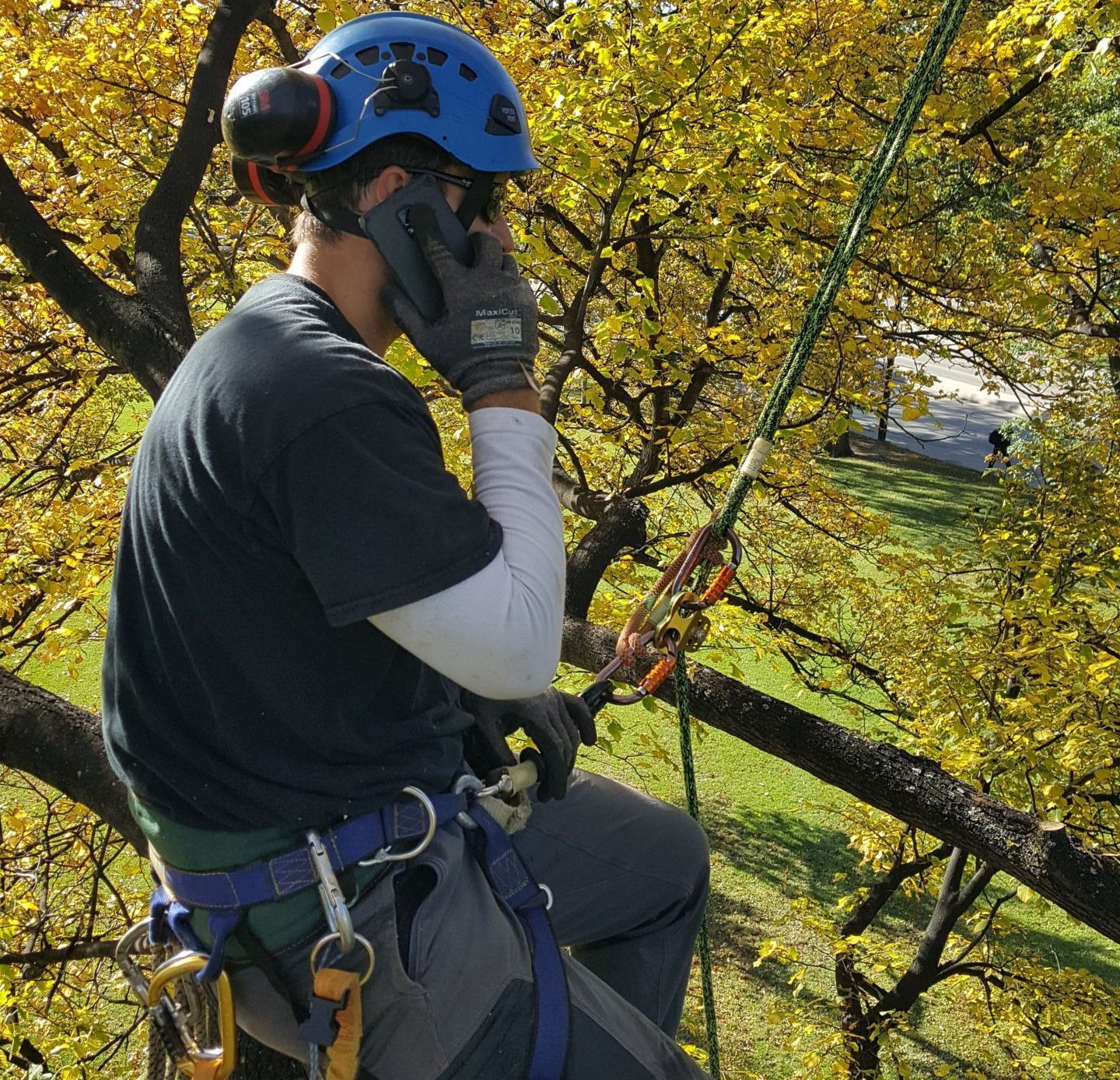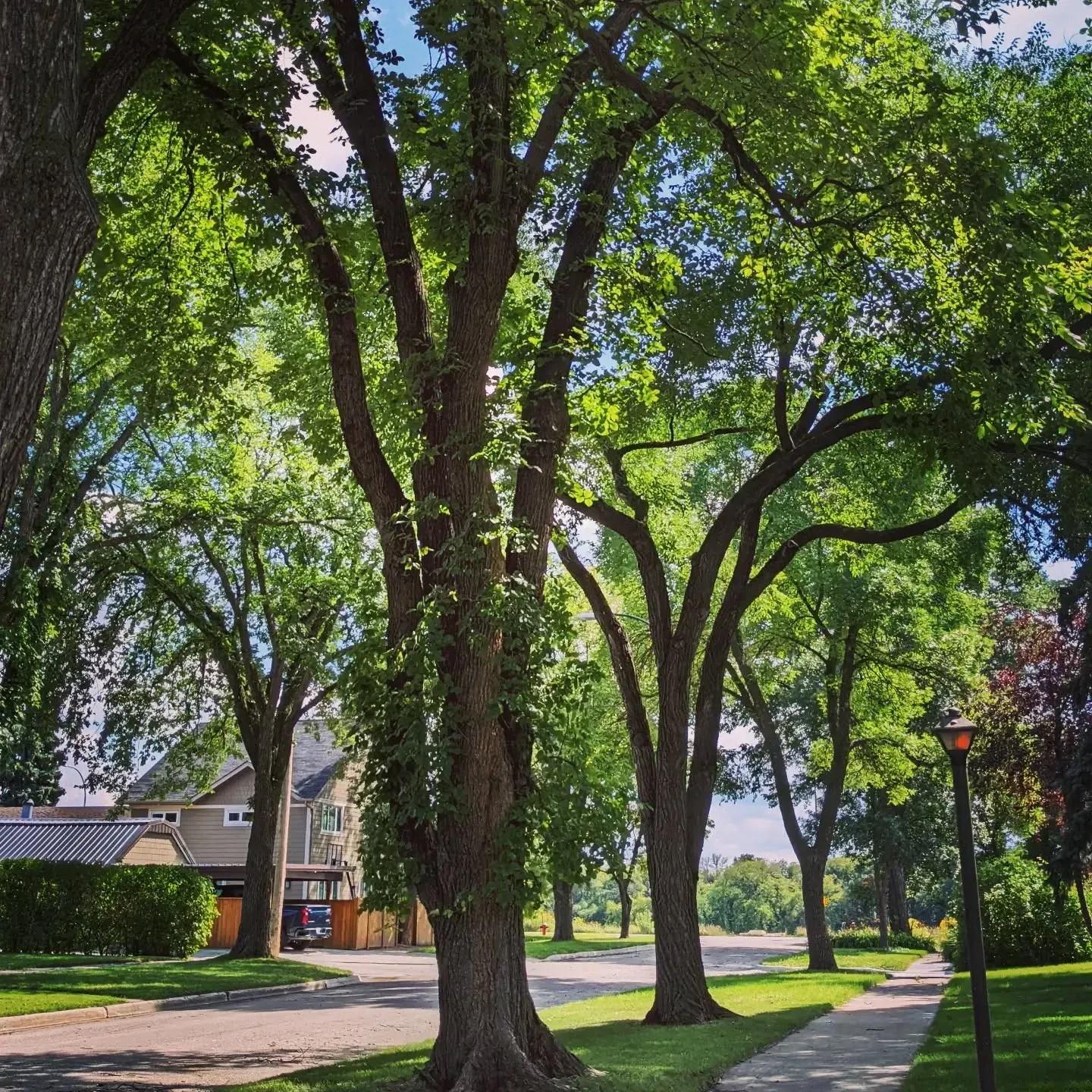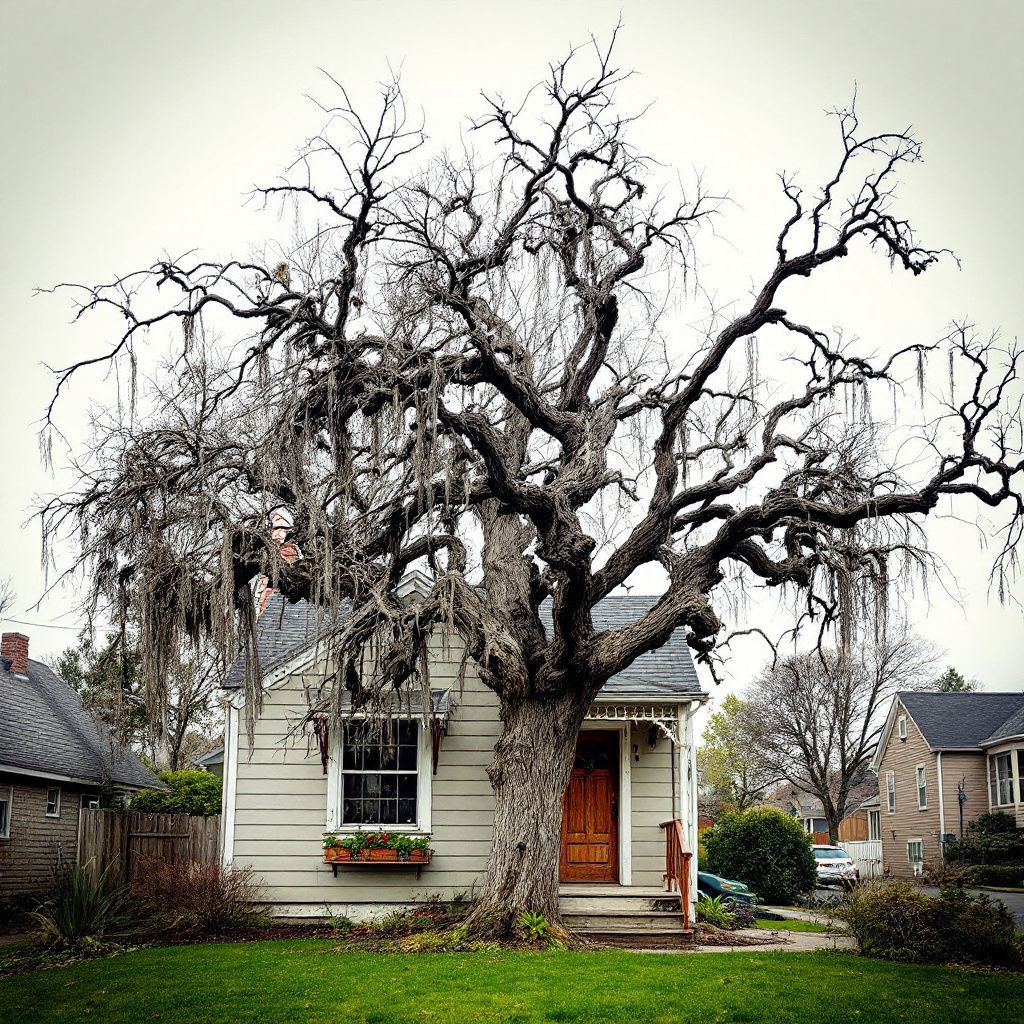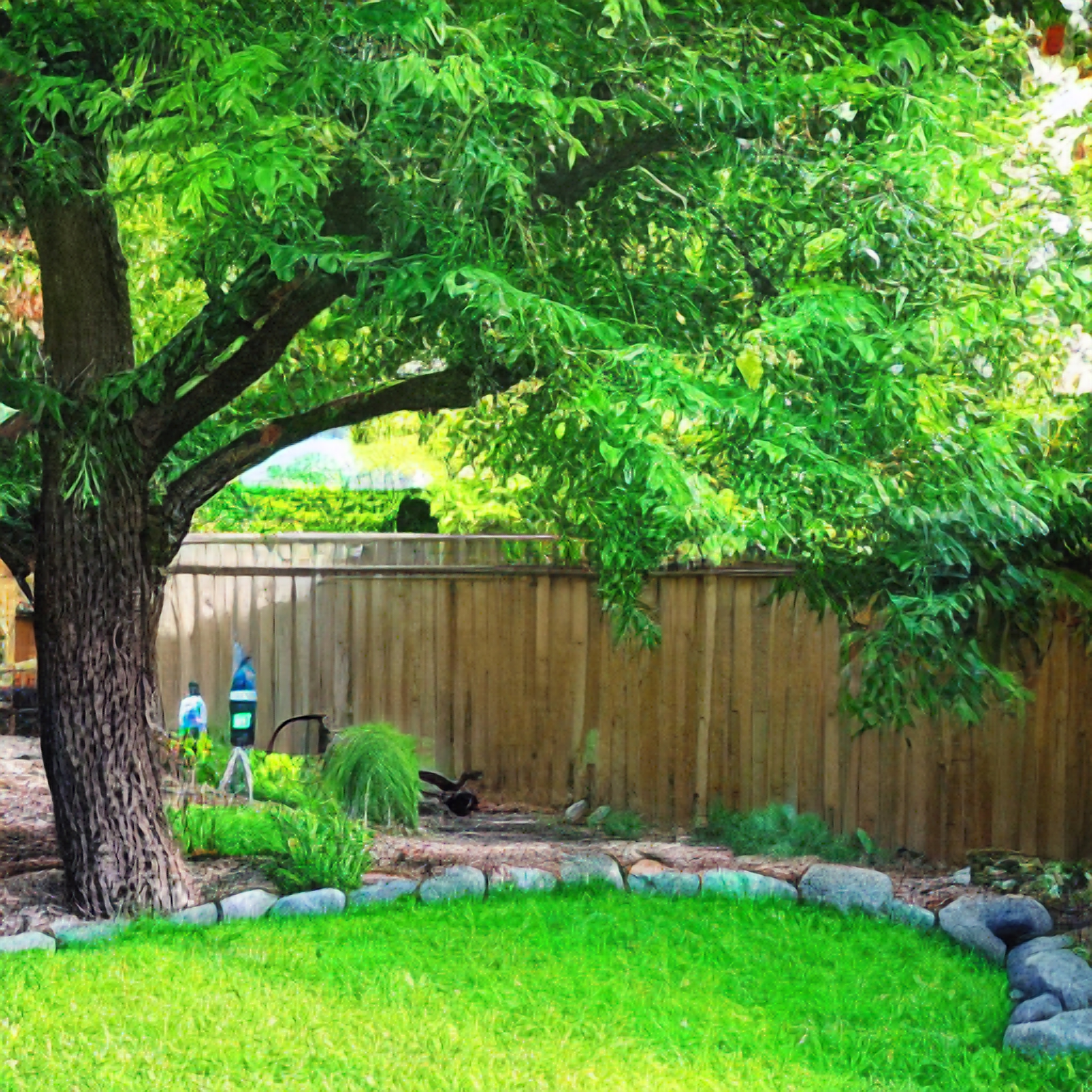The Importance of Regular Tree Pruning for Safety and Aesthetic Appeal
Trevor Soltys & Paul Kasper
Why Prune Your Trees and Shrubs?
Pruning your trees and shrubs serves several important purposes. Firstly, it helps to remove decay and disease, reducing the risk of further infection and safeguarding against insect attacks. Additionally, pruning supports the vitality and vigor of the tree by allowing more light penetration and air flow through the canopy. It also helps maintain the natural form, general appearance, and encourages flowering. Pruning can rejuvenate older fruit trees and provide structure to younger trees, while also removing dead, dying, hazardous, or weak limbs to minimize the risk of damage from storms.

When it comes to pruning young trees, there are several key principles that guide our approach:
1. Consultation:
We will work closely with you to understand the purpose you have in mind for the tree, as every cut has the potential to alter its growth.
2. Proper Techniques:
Our team is highly skilled in using the correct techniques for pruning. We know how and where to make cuts, and we have the latest tools to ensure the job is done correctly. Poor pruning practices can cause irreversible damage to the tree.
3. Wound Healing: Unlike people, trees do not heal wounds. A wound in a tree remains forever, with the tree growing around or over it.
4. Early Pruning:
Pruning young trees involves making small cuts, which is why it is essential to prune them when they are young. This helps avoid the need for large cuts in mature trees that may not close easily.
Pruning a tree when it is young reduces the need for corrective pruning when it is mature, as long as it is done correctly to promote strong structure and desired form.
Our team has the expertise, tools, and skills necessary for structural pruning of young trees, as well as trimming and pruning of mature trees. Factors such as the time of year, site location, maturity, growth habit, size, species, and health of the tree are all taken into account to ensure the best possible outcome.
Structural Pruning
The primary goal of structural pruning is to ensure the long-term health and stability of trees, particularly those that grow into large specimens.
Why is structural pruning important?
· Structural pruning reduces the risk of tree failure, promoting longevity
· It lowers maintenance costs and overall expenses.
· It minimizes the potential for personal injury or property damage, reducing liability risks.
· Structural pruning also provides environmental benefits to the community.
·
While the focus has traditionally been on creating aesthetically pleasing appearances and providing space, it is crucial to prioritize reducing the risk of personal injury and property damage.
Professional structural pruning of young trees helps control the growth of large branches, eliminating the need for extensive pruning as the tree matures. This proactive approach results in lower costs associated with branch removal and disposal in the future. Ultimately, proper pruning of young and middle-aged trees can lead to significant long-term savings.
It is important to note that incorrect pruning can have negative consequences. A trained arborist understands which branches to prune and where to make cuts. Pruning the wrong branches in the wrong places can lead to issues such as excessive thinning, lion-tailing, topping, or raising of trees.
In conclusion, investing in structural pruning for young trees with small branches can yield substantial benefits in terms of tree health, stability, and cost savings in the long run.




All Rights Reserved | TreeSolve



